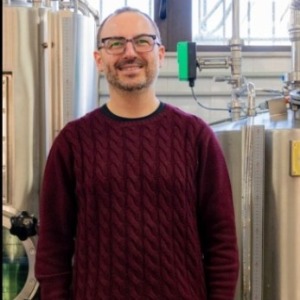8th Edition of Euro Global Conference on
HACCP (Hazard Analysis and Critical Control Points)
HACCP, or Hazard Analysis and Critical Control Points, is a systematic approach to food safety management aimed at identifying, evaluating, and controlling potential hazards throughout the food production process. Developed by the Pillsbury Company in collaboration with NASA in the 1960s to ensure food safety for space missions, HACCP has since become a cornerstone of food safety programs worldwide. The HACCP system is based on seven principles that guide the identification and control of hazards: conducting a hazard analysis, identifying critical control points (CCPs), establishing critical limits, implementing monitoring procedures, establishing corrective actions, establishing verification procedures, and establishing record-keeping and documentation procedures. The hazard analysis involves identifying and evaluating potential biological, chemical, and physical hazards that may occur at each stage of food production, from raw material sourcing to consumption. Critical control points are specific points in the production process where control measures can be applied to prevent, eliminate, or reduce hazards to acceptable levels. Critical limits are criteria used to determine whether a CCP is under control and whether corrective action is necessary. Monitoring procedures involve regularly observing and measuring CCPs to ensure that critical limits are met and hazards are controlled. Corrective actions are procedures implemented when monitoring indicates that a CCP is not under control, including identifying the cause of the deviation, taking corrective actions, and verifying the effectiveness of the corrective measures. Verification procedures involve confirming that the HACCP system is working effectively through activities such as reviewing records, conducting audits, and testing products. Record-keeping and documentation procedures involve maintaining accurate records of HACCP activities, including hazard analysis, CCP monitoring, corrective actions, verification, and validation. HACCP is applicable to all sectors of the food industry, including food production, processing, distribution, catering, and retailing. It is a proactive, preventive approach to food safety that focuses on identifying and controlling hazards before they pose a risk to consumers.

Said Bouhallab
INRAE, France
Giovanni De Francesco
University of Perugia, Italy
Ombretta Marconi
University of Perugia, Italy
Alex Martynenko
Dalhousie University, Canada
Ana Isabel Najera
University of the Basque Country EHU, Spain
Marcin A Kurek
Warsaw University of Life Sciences, Poland


